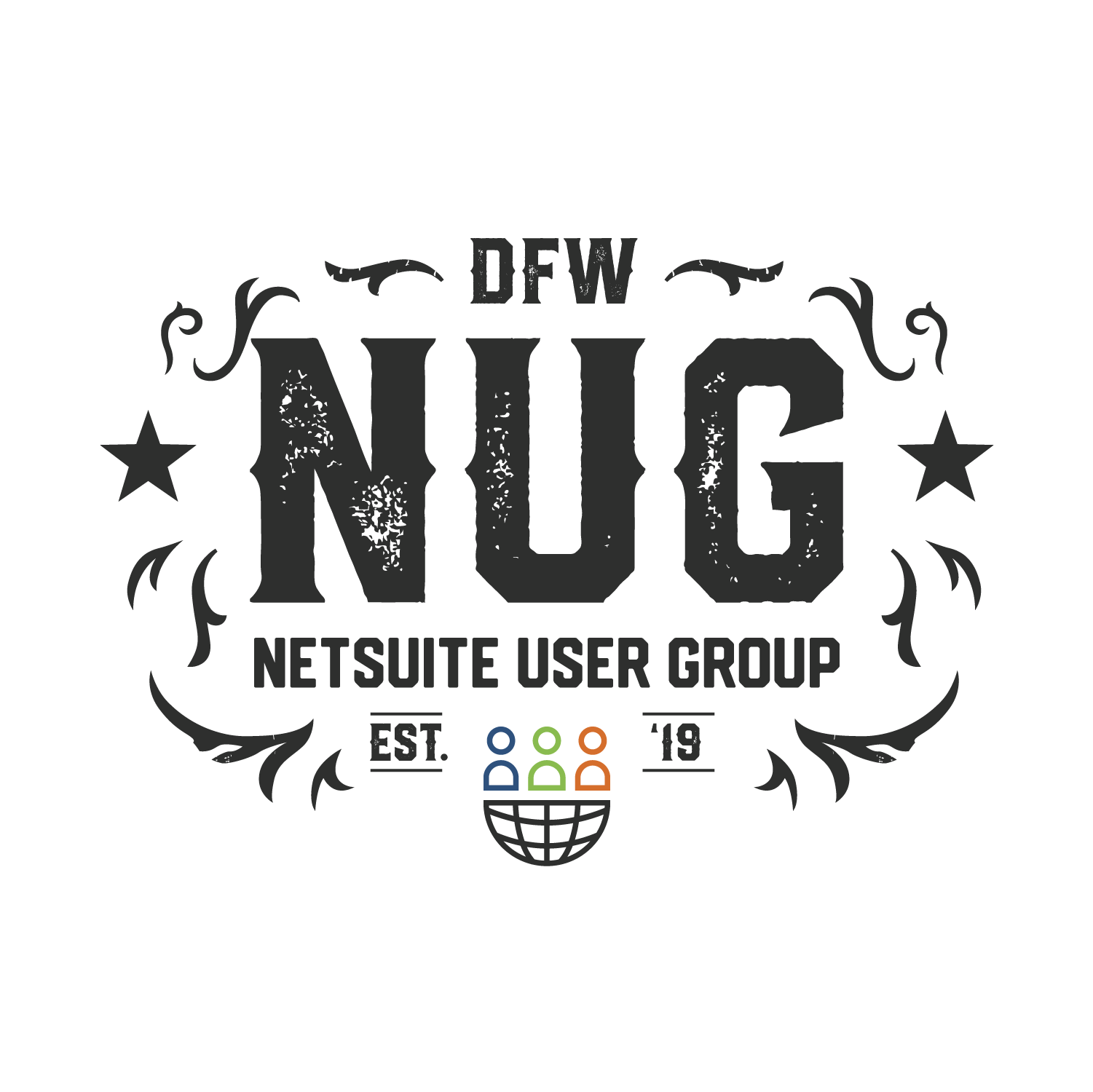Running a small to medium sized business takes a lot of work and dedication. Many business professionals involved in running an organization often express feeling like a “Jack of all trades” because it is so important to have a good foundation of knowledge about all aspects surrounding a business’s operations. The IT (Information Technology) side of an organization is significant due to the large amount of information to maintain and the fact that many business professionals often feel lost in the sea of ever changing technology.
One current technological advancement that is definitely worth learning about is cloud computing. In our last post, we talked about how cloud computing has several major benefits, especially for small to medium sized businesses. Today we are going to take a step back and clarify what cloud computing is, exactly. If you query a search engine for information about cloud computing, you will have no trouble finding a plethora of articles on this topic. However most of these articles were written by people in the IT field, seemingly for people in the IT field. In other words, many explanations are filled with jargon that is difficult for non-IT professionals to understand. Fortunately, we did come across an article that explained cloud computing in very simple terms and we would like to share this explanation with you.
Several months ago, Rama Ramaswami and Dian Schaffhauser co-authored an article titled “What is the Cloud” for the Campus Technology website. While this article was focused on educational institutions, the explanation of cloud computing was beautifully simplistic and can be applied to any business sector. Ramaswami and Schaffhuser explain cloud computing with an easy to understand analogy to electricity:
The easiest way to understand the cloud is to think of it as a utility, like electricity. When you plug a device into a wall outlet, electricity flows. You didn't generate the electricity yourself. In fact, you probably have no idea where the electricity was generated. It's just there when you want it. All you care about is that your device works.
Cloud computing works on the same principle. Through an Internet connection (the equivalent of an electrical outlet), you can access whatever applications, files, or data you have opted to store in the cloud--anytime, anywhere, from any device. How it gets to you and where it's stored are not your concern.
This comparison to electricity is helpful to keep in mind as a demystifying explanation of cloud computing if you decide to explore more technologically detailed articles on this topic.
Keeping the explanation above in mind, it is easy to see how using cloud technology can potentially relieve a great deal of burden from the IT side of an organization. Imagine what a nightmare it would be for your company to be responsible for generating its own electricity and servicing its electrical source. From an IT perspective, a cloud service provider can be as essential to your organization as your electricity provider. For example, using a web based ERP (enterprise resource planning) system such as NetSuite means your company does not have to worry about constant software updates and database patches; all maintenance infrastructure, and repairs are the cloud provider’s responsibility. Additionally, using a true cloud solution like NetSuite allows you and your employees to access company data virtually any place at any time.
Again, you can read more about the benefits of cloud technology in our last article. If you are considering a move to the cloud with a web based ERP system like NetSuite, or if you would simply like more information about cloud computing, feel free to contact The Vested Group today.





